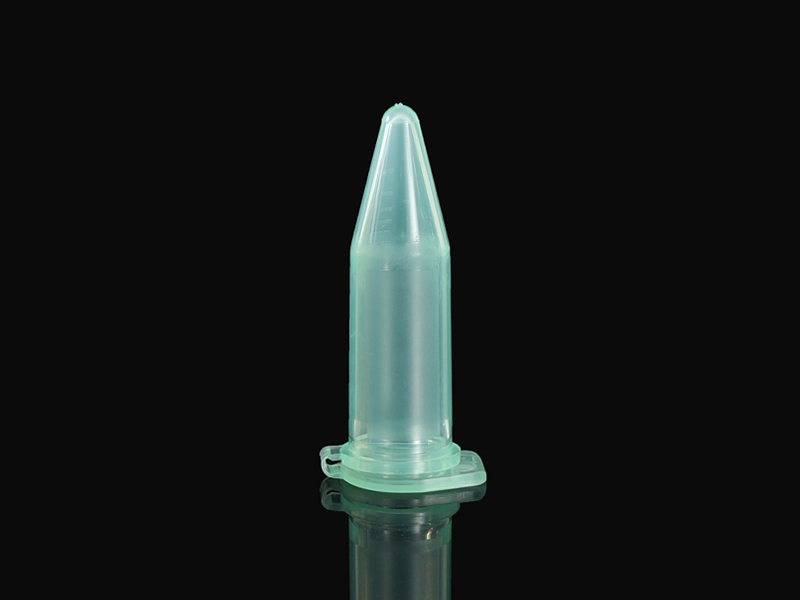The Mingji Bio 5mL Centrifuge Tube is made of polypropylene, which is free of heavy metal. It has a leak-proof cap and a large writing area. All tubes have graduation marks and are RNase-free and DNase-free. They are available in individually packed packs and are also available in 50 mL sizes. The centrifuge tubes are able to withstand temperatures of -86 degrees Celsius to +80 degrees Fahrenheit.

Single-use centrifuge tubes are certified free of RNase, DNase, Human DNA, Pyrogen, and PCR inhibitors. Centrifuge tubes with conical bottoms are ideal for reducing sample waste, while those with graduated volumes are useful for measuring the volume of samples. The colours of centrifuge tubes depend on the specific applications and levels of precision. In general, however, a yellow-topped tube is the most common and is used for a wide range of tests.
For environmental scientists, a screw cap lid or a snap cap lid may be preferred. Conical tubes have been used by researchers for many years, and they are a staple in labs around the world. Centrifuge tubes are indispensable for any laboratory. With their countless uses, they are an essential part of science labs everywhere. And, what makes them useful is that they are available in a wide variety of colors. They are used to separate solids from liquids during laboratory work.
A centrifuge tube is a long-term storage container for liquid mixtures with suspended solids. It is generally made of polypropylene with graduated markings, and has a leak-proof screw cap. Its interior is smooth and hydrophobic. Its frosted writing surface and silk-screen graduations are useful for keeping track of the contents of your centrifuge. Most centrifuge tubes have E-Beam sterilization to prevent the growth of bacteria and fungus.
A centrifuge is an essential piece of laboratory equipment, which is driven by a motor and spins liquid samples at high speed. Centrifuges come in two basic sizes: large-scale centrifuges and small-scale microcentrifuges. The former holds samples in centrifuge tubes or centrifuge tips, while microcentrifuges use microcentrifuge tubes. Centrifuges work by the sedimentation principle, wherein a substance of greater density separates from a substance of lesser density.
The most popular model is the floor-standing centrifuge, which is often used for large samples. These centrifuges can reach a g-force of over 70,000 x g. Benchtop centrifuges are smaller and ideal for small-scale labs. Various types of benchtop centrifuges are available, including low-speed and high-speed. There are also cell washers for clinical and diagnostic applications.
Ensure that the two Centrifuge tubes are properly balanced before operation. Otherwise, they may not turn out well and cause significant damage. If the tubes are unbalanced, the centrifuge may cause injury to the operator and other laboratory personnel. Balance the centrifuge tubes by balancing them to the nearest 0.1 gram. This is especially important when using a high-speed centrifuge. Be careful to select the right tube type based on the density of the liquids contained inside.
Another type of tube is a Thiele tube, which is a hand-blown triangular tube. This tube is used for testing the melting and boiling points of solid-state molecules. Its handle is heated by a Bunsen burner, which causes a convection current to loop around the tube and back up again. The sample is placed inside the tube and heated until the capillary reaches boiling point. Once the sample reaches this point, the liquid is then collected.

 简体中文
简体中文











